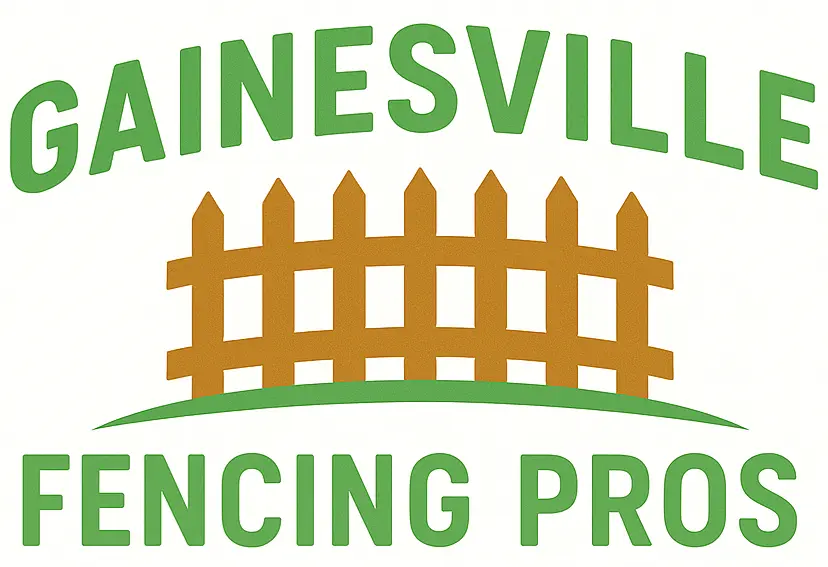Thinking For custom pet fence installation with local pet fence company in Florida? Start smart with a step-by-step plan that covers everything from legal compliance to material durability. Our checklist is tailored for Florida’s climate zones and includes tips for navigating city ordinances in Sarasota, St. Petersburg, and beyond. You’ll learn how to choose the right fence style for your yard, secure gates properly, and select pet-safe, UV-resistant materials that hold up under Florida’s intense sun and frequent rainstorms. Don’t risk fines or fencing failures—build confidently with our trusted guide.
What is The Best Tools You Will Need for Pet Fence Installation in Florida
Before beginning a pet fence installation, gather the following tools:
- Post hole digger or auger: For digging evenly spaced holes for fence posts.
- Measuring tape: Ensures accurate spacing and alignment.
- Level: Keeps fence posts vertically straight.
- Hammer or mallet: Useful for driving in stakes or securing fencing panels.
- Power drill and screws: Essential for attaching panels or hardware.
- Wire cutters or snips: For trimming wire fencing if applicable.
- Safety gloves and goggles: Protects your hands and eyes during installation.
- String line and stakes: Helps mark the fence layout before installation.
Checklist: What to Prepare Before Pet Fence Installation
- Check local regulations
- Ensure pet fence installation meets zoning laws and HOA rules.
- Ensure pet fence installation meets zoning laws and HOA rules.
- Measure the perimeter
- Define your pet’s safe zone.
- Note sloped or uneven areas.
- Select fence type
- Choose between chain link, wood, vinyl, or invisible systems.
- Choose between chain link, wood, vinyl, or invisible systems.
- Purchase materials
- Panels, posts, connectors, and fasteners.
- Gates or access points for humans.
- Call 811 or utility companies
- Mark underground utilities before digging.
- Mark underground utilities before digging.
- Plan for pet safety during installation
- Keep pets indoors or in a secured area.
- Keep pets indoors or in a secured area.
How Professional pet fence installation is done
Pet fence installation begins with marking the perimeter using string and stakes. After confirming the layout, dig post holes at regular intervals. Place posts and ensure they are level and secure in the ground.
Once posts are set, attach fence panels or run fencing material according to the chosen system. Gates or access points are installed next. For electronic pet fences, install and bury the wiring per manufacturer guidelines and test the system thoroughly.
Safety and Access Tips for Pet Fence Setup
- Wear protective gear: Gloves, boots, and goggles are essential.
- Clear the area: Remove debris, rocks, or roots from the fence line.
- Mark hazards: Identify any slopes or low-visibility zones.
- Avoid electrical lines: Use safe digging practices to avoid underground cables.
- Secure tools: Keep sharp or heavy tools out of reach of children and pets.
Post-Service Maintenance for Pet Fence Installation in Florida
Inspect the pet fence monthly for loose posts, sagging sections, or gaps. For electronic systems, test the signal strength and collar batteries regularly. Repaint or reseal wooden fences annually to prevent rot.
Ensure gates close securely and replace worn hardware promptly. Maintaining your pet fence installation preserves safety and extends its lifespan.
Conclusion: Why a Pet Fence Setup Checklist Helps You
Using a checklist for pet fence installation helps streamline planning and ensures no critical steps are missed. From tools and materials to safety and maintenance, staying organized saves time and reduces costly mistakes.
Whether you’re going DIY or hiring help, a detailed checklist supports a smoother and safer pet fence installation.
FAQ: Common Questions About Pet Fence Installation
Most installations take 1–2 days, depending on the fence type and yard size.
Yes, many homeowners install pet fences themselves, especially simpler types like wire or electronic systems.
Tall wooden or chain-link fences are best for containing large dogs who might jump or push boundaries.
When used correctly and with training, invisible fences can be safe, though they may not prevent other animals from entering.
While not a major factor, a well-installed pet fence can appeal to pet owners and improve property appeal.
